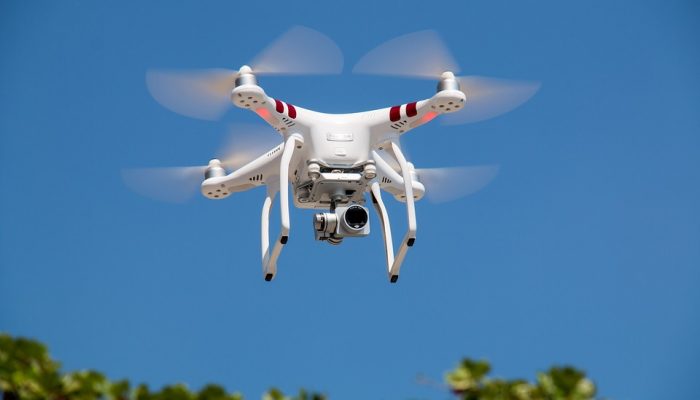April 13, 2018
Drones provide a new perspective, elevating our ground-level view of the world to new heights through video technology. Small UAS also create a fresh genre of recreational activity for hobbyists.
A well-informed drone operator, whether a hobbyist or professional, spends time to learn not only the instructions on using the small aircraft, but also rules and regulations that make flying safe to those on the ground.
A few examples of Federal Aviation Administration (FAA) public safety regulations include not flying over crowds or large events, notifying air traffic control towers, limiting range and height, and not flying in controlled airspace or over emergency responses.
The FAA provides two options to fly your drone legally. Each option carries different requirements.
For those who consider themselves a hobbyist and want to fly for recreation purposes only, the Special Rule for Model Aircraft applies. This is also known as section 336 in Part 101 of FAA regulations.
If you are using your drone for recreational, commercial, governmental, or other purposes, that is considered under Part 107. A commercial drone operator becomes certified with the FAA.
Below is guidance and regulations on safe drone usage from the Federal Aviation Administration.
The following requirements must be met to use your drone under part 101:
- Fly for hobby or recreation ONLY
- Register your model aircraft
- Follow community-based safety guidelines and fly within the programming of a nationwide community-based organization
- Fly a model aircraft under 55 lbs. unless certified by a community-based organization
- Fly within visual line-of-sight
- Never fly near other aircraft
- Notify the airport and air traffic control tower prior to flying within 5 miles of an airport
- Never fly near emergency response efforts
The following requirements must be met to use your drone under part 107:
- Fly for recreational or commercial use
- Register your drone
- Get a Remote Pilot Certificate from the FAA
- Fly a drone under 55 lbs.
- Fly within visual-line-of-sight*
- Don’t fly near other aircraft or over people. Subject to waiver.
- Don’t fly in controlled airspace near airports without FAA permission. Subject to waiver.
- Fly only during daylight or civil twilight (with anti-collision lighting), at or below 400 feet. Subject to waiver.
- When applying for a waiver, authorization to fly, or reporting an accident.
FAA Rules and Safety Information for Drone Usage:
- Be aware of FAA Airspace Restrictions
- Respect privacy
- Never fly near other aircraft, especially near airports
- Never fly over groups of people, public events, or stadiums full of people
- Never fly near emergencies or ongoing public safety responses.
- Never fly under the influence of drugs or alcohol
Restrictions
Flying UAS in and around stadiums is prohibited starting one hour before and ending one hour after the scheduled time of most professional and collegiate outdoor sporting events.
Specifically, UAS operations are prohibited within a radius of three nautical miles of the stadium or venue.
The FAA requires recreational operators to give notice for flights within five miles of an airport, including heliports, to both the airport operator and air traffic control tower. However, recreational operations are not permitted in Class B airspace around most major airports without specific air traffic permission and coordination. In Philadelphia, this includes Philadelphia International Airport, Northeast Philadelphia Airport, and the Penn’s landing Heliport.
Planning
- The FAA has developed a mobile app called B4UFLYto help recreational UAS operators know whether there are any restrictions or requirements where they want to fly. Additional guidance is also available in the “Where to Fly” section of the FAA’s website.
- Logging flights with print or app is a best practice for remote pilots.
- Be sure to check weather reports to ensure it is safe to fly. Look for things like low visibility, high speed winds, and severe weather that could prevent a safe flight.
- Check your equipment. Make sure that all your needed equipment is in good condition and charged.
- Double check that there are no Temporary Flight Restrictions in the area you wish to fly.
Waivers
If you are operating an unmanned aircraft that weighs less than 55 pounds, generally you may apply for a Part 107 waiver (special permission) to fly. The FAA says you must outline how you intend to safely conduct your proposed operation, including any additional risk mitigation strategies you may use. An online portal will be available through www.faa.gov/uas for UAS operators to apply for waivers to applicable parts of the rule.




